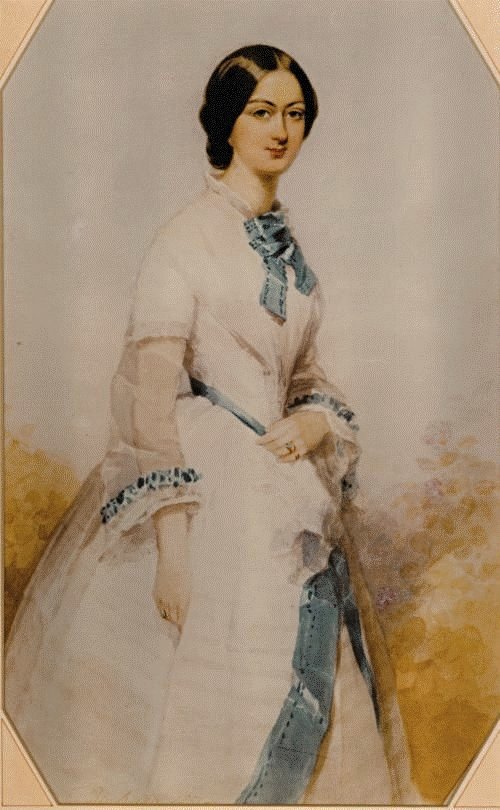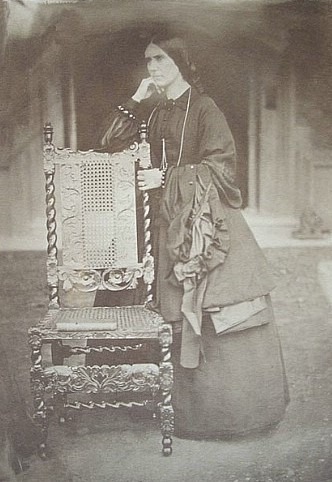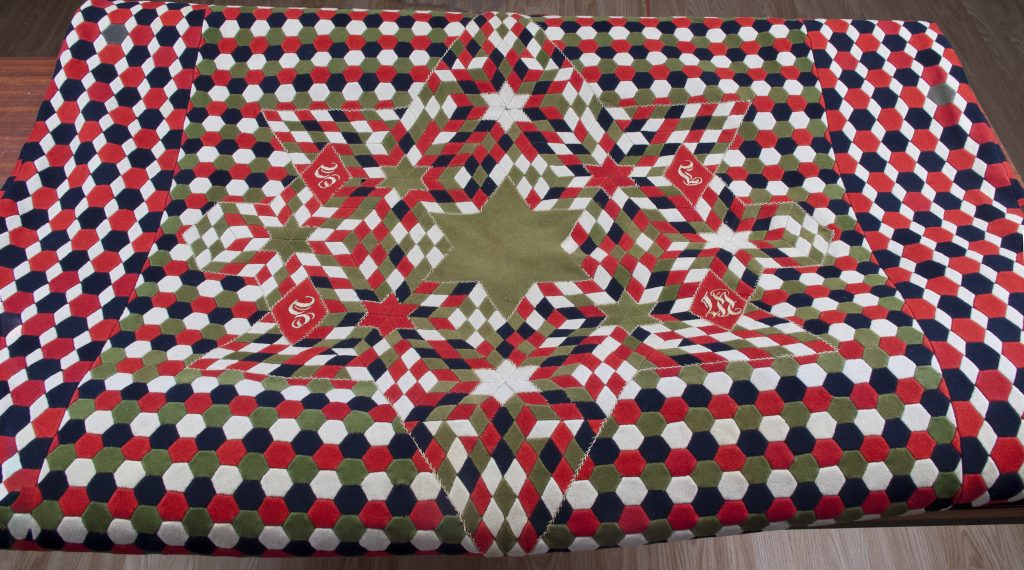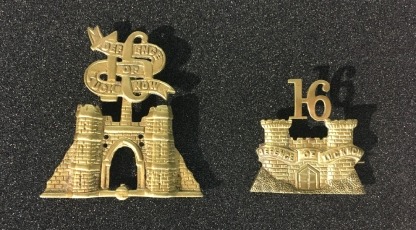
Around 3,000 British and Indian soldiers and civilians were trapped in Lucknow under siege. During this time, Lady Julia Inglis and Mrs Adelaide Case kept diaries. They were married to Brigadier John Inglis and Colonel William Case, officers of the 32nd Regiment of Foot.
As officers’ wives they had better quality supplies, accommodation, and information but they were still subjected to the violence, disease, hunger and boredom of life under siege.

Appalling Conditions
In the Residency as many as nine women and up to a dozen children lived in one room. The majority of families related to the 32nd Regiment sheltered in the tykhana – underground rooms!
Daily Attacks
The people trapped in Lucknow faced daily musket fire and artillery bombardment. Under these conditions, everyday activities such as going out for walks or visiting friends became risky. Even being inside a building did not guarantee safety.
The rebels also tried to dig tunnels and set up explosive mines under the Residency. The Cornish men of the 32nd Regiment played a key role in finding these tunnels and preventing the explosions.
Sickness
As the siege went on, food, ammunition and medicine were greatly reduced. Due to overcrowding, even basic hygiene was a problem and doctors had to deal with cholera, smallpox, scurvy, dysentery and diarrhoea as well as the war casualties.

The siege would have also taken its mental toll on the defenders of Lucknow. The Lucknow Quilt was stitched during the siege by a soldier from the 32nd Regiment. Click here to read more about this object.
The role of La Martiniere College
This badge was worn on the caps of the students from La Martiniere College, which is located just outside of Lucknow. This College is still active today and has separate schools for boys and girls, though in 1857, only the Boys’ College existed.

During the siege of Lucknow, the students and staff were evacuated from the College into the Residency. The schoolmasters and older boys were trained in the use of muskets and were sent to join the soldiers defending the Residency’s southern perimeter. Meanwhile, the younger students acted as messengers, servants, and assistants in the hospital.
The badge is decorated with the Lucknow Residency, on top of which flies the Union Flag. There is a metal ribbon below the Residency which reads ‘DEFENCE OF LUCKNOW 1857’.
For defending Lucknow, La Martiniere College was awarded a British battle honour; it is the only school in the world to have received such recognition.
The role of ‘The Lucknow Regiment’

These badges were issued to men of the 16th Rajputs (an infantry regiment in the Bengal Army) who served the British Crown from 1861. The badges were attached to a pagri – a long cloth wrapped around the head like a turban.
The 16th Rajputs was nicknamed ‘The Lucknow Regiment’ because the regiment was formed from the Indian sepoy soldiers of the 13th, 48th, and 71st Native Infantry. It was men from these regiments who refused to rebel in 1857 and fought alongside the British. The gate represents the Baillie Guard Gate which they defended during the siege of Lucknow.
Headline Image: Women of Lucknow waiting to be rescued, in the painting ‘In Memoriam’ by Joseph Noel Paton
